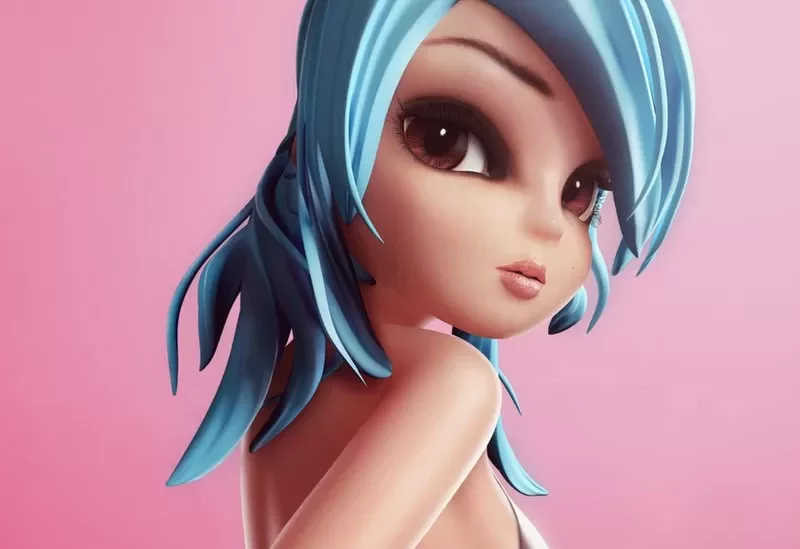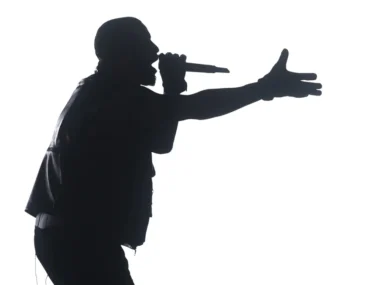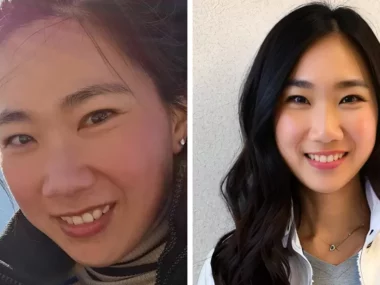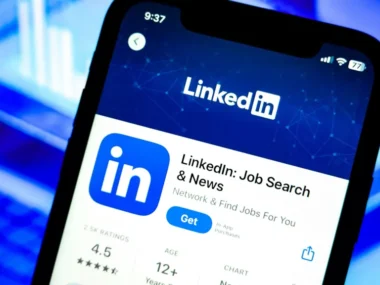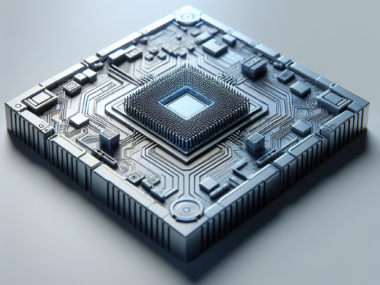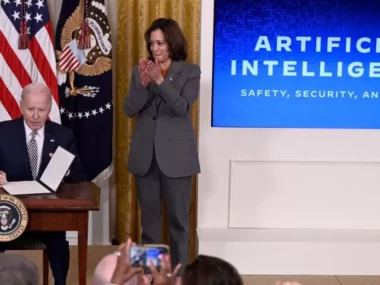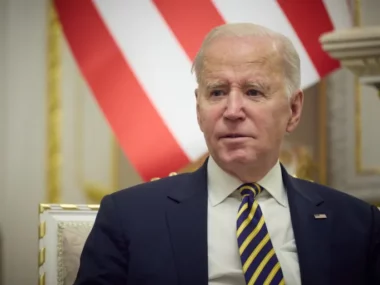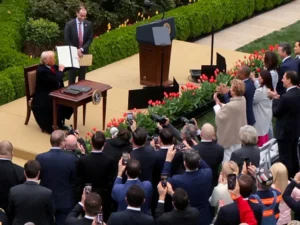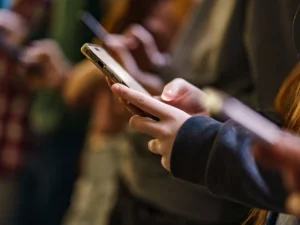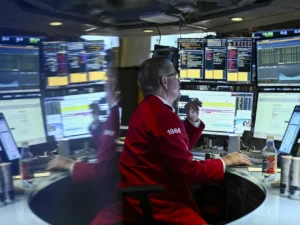They sing, they dance, they model, but they lack physical existence – virtual influencers are attempting to transition from the virtual world and gain recognition in the music industry.
From Alvin and The Chipmunks to Gorillaz, and Hatsune Miku to Polar, the music industry has a history of embracing virtual characters as popstars. These digital entities have achieved Grammy Awards, performed as holograms at concerts, and have even faced backlash for controversial statements, much like many human artists today.
The latest addition to this trend is Noonoouri, a digital character brought to life by German designer Joerg Zuber. She is characterized by her blue hair and doll-like appearance and has secured a record deal with Warner Music, becoming the label’s first avatar artist. In this virtual realm, she mingles with the likes of Ed Sheeran, Dua Lipa, Cardi B, and Ashnikko, albeit in a digital sense.
Noonoouri’s vocals, which incorporate elements of artificial intelligence (AI) technology, have earned her the title of an “AI popstar.” While Warner Music emphasizes that AI played a relatively minor role in creating Noonoouri’s vocals, her signing has raised questions about the increasing role of AI in music creation. Concerns revolve around whether AI might replace or imitate artists, copying their sound, style, or image and potentially posing a threat to human musicians in the industry.

The band Gorillaz is centered around animated characters.
Marec Lerche, who serves as the head of business development at Warner Music Central Europe, believes that figures like Noonoouri and other digital creations can provide record labels with greater room for experimentation and flexibility. He explains that these virtual entities can simultaneously appear in various locations and swiftly alter their style. Lerche even mentions that they have the potential to make Noonoouri fly, as it aligns seamlessly with her digital nature. In this regard, there are more possibilities to explore compared to working with a human artist.
Noonoouri’s transition into music mirrors the journey of another prominent virtual influencer, Lil Miquela, who began releasing music in 2017 and has garnered millions of views for her music videos on YouTube.
This shift coincides with the music industry’s increasing reliance on streaming as the dominant platform, leading artists to vie for a larger share of revenues. Musicologist Dr. Shara Rambarran suggests that the emergence of virtual influencer-turned-popstars may unsettle real-life musicians who are already grappling with competition.
Warner Music’s latest signee, Noonoouri, is not your typical artist, as she is almost entirely a digital creation. Much like “vocaloids” such as Hatsune Miku, who evolved from voice synthesizer software into a fully designed character, Noonoouri has been crafted using a blend of various technologies to enable her to virtually dance, sing, and participate in fashion runway shows.
With 400,000 followers on Instagram, a modeling contract, and an easily modifiable doll-like appearance, Noonoouri can be transformed or adjusted at the click of a button. Her creator, Mr. Zuber, who works at a design studio in Munich, views Noonoouri as a “lifetime project.” He and his team of five people meticulously developed her character, originally focusing on her ability to discuss and highlight global issues in a lifelike 3D form. The process involved meticulously designing aspects like her hair, fabric, movement, and even Zuber himself donning a motion capture suit to define her unique movements and gestures.

Mr. Zuber uses a motion capture suit to record his own movements, and these recorded movements are then incorporated to determine how Noonoouri moves and behaves.
Mr. Zuber mentions that the team aimed to give Noonoouri a voice that sounded more “techie” than human. To achieve this, they layered his own vocals for the character with a melodic track performed by a professional singer. Algorithms were then employed to automatically adjust Noonoouri’s initial vocal recordings, ensuring that they matched the speed, tempo, and pitch of the singer’s voice.
Noonoouri’s signing with Warner Music comes at a time when concerns are brewing in the music industry regarding the increasing use of technology. Some artists like Grimes and David Guetta have expressed their willingness to embrace such technology for experimentation in music production. On the other hand, artists like Sting and Ed Sheeran have criticized the use of AI. In fact, Hozier recently mentioned to the BBC’s Newsnight that he would consider taking action against the potential threat posed to the music industry by AI.
- Sting has issued a warning about AI-generated songs as he receives a prestigious music award.
- Grimes has stated that anyone is free to use her voice for AI-generated songs.
- How do DJs and producers perceive the role of artificial intelligence in the realm of dance music?
Jamie Njoku-Goodwin, the CEO of UK Music, expresses that many individuals within the industry are enthusiastic about the potential opportunities that artificial intelligence could offer artists and producers. However, he emphasizes the importance of addressing the regulatory and legal aspects to ensure that AI supports human creativity rather than undermining it. He underscores the need for transparency regarding the content and data AI uses for training, as well as clear labeling to distinguish AI-generated music from human creations.
Dr. Shara Rambarran, who has written about virtual musicians, acknowledges the growing trend of digital popstars but believes that it is unlikely to completely replace human musicians at the top of the charts. She notes that virtual musicians have existed in various forms for some time but predicts that there will always be room for both human and AI-generated music in the industry. Dr. Rambarran anticipates ongoing innovation and new creations continually emerging in the music industry, suggesting that if one trend does not succeed, something else will take its place.

